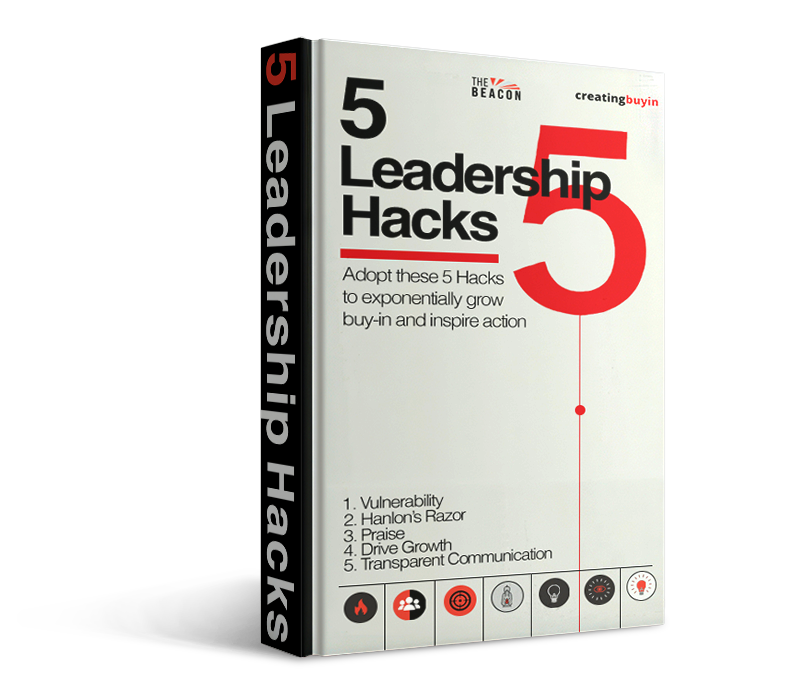The Importance of Starting at the End

Survivor? Referencing Survivor seems like a “facepalm” moment. Survivor always seemed like it was just trash TV with nothing to be taken away from it. We could certainly still make that argument. Somehow, here we are referencing Survivor because of a book called “The Art of Strategy A Game Theorist’s Guide to Success in Business and Life”. Once such instance they reference is of a game played within this game called 21 flags. The takeaway was very impactful.
21 Flags
What would your strategy be?
Cutting to the Chase
One of the contestants on the winning team knew what to do and that was reason backwards! Ted Rogers, the backward reasoning genius he is, knew what to do when he said “At the end we must leave them with 4 flags”. If he and his team were to leave their opponents with 4 flags, the opposing team would have no choice but to take 1, 2, or 3 flags. Leaving his team with the final winning pull.
This is such a fascinating strategy and can be applied on so many levels. What Ted’s team would need to do to craft their winning strategy is to start at the end. If they wanted the other team to have 4 flags left over, how would that translate to a winning strategy for the entire game? What we would need to do is carry that logic backward from the end. With hindsight 20/20, we can easily see that what needed to be done on every turn was leave the opposing team with a flag total that was divisible by 4. All this by starting at the end.
How does this help in leadership?
Hypothetically speaking say you have someone you’re coaching and ultimately they want their department to hit their sales quota at the end of the quarter. Your job is to ask “ok, now imagine it is the end of the quarter and you did it. You’re impressed with yourself from all the hard work you put in and are really proud of your accomplishment. Now, how did you do it? What were the actions you took to make what happened happen? What did you do in the last two weeks before you hit the quota? What had to happen before then to get you to those last two weeks? Before that?”
This is a valuable thought experiment that not many people put their minds through enough. When you put yourself at the end, strategies you didn’t even know you knew, or could plan, come to fruition.
Conclusion
What is the outcome you want? Mentally put yourself there. How did you get there? Or better yet, who are you now as a result? Who did you need to become?



